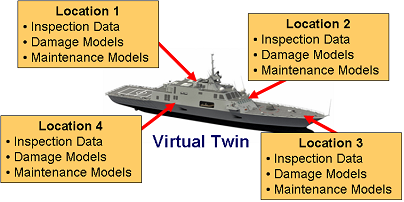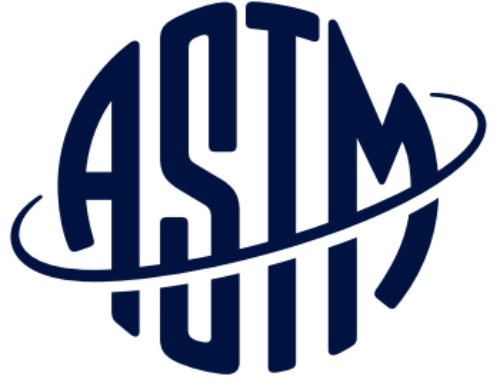VEXTEC Corporation was awarded the prime contract from the US Navy to build software, Corrosion Cracking Maintenance Prediction Software (CCMPS), that predicts the future maintenance needs for aluminum (5000 series) ship structures, based on current damage state and expected usage (ONR-BAA14-003). Team members include researchers from the University of Virginia (UVa) Center for Electrochemical Science and Engineering. In the proposed effort, VEXTEC and consultants will use existing data and models to calibrate the software and consult with the Navy to gather additional data and develop new models.
Previous collaborations with Navy contracts by the team of UVa, Navmar and VEXTEC led to the development of SCCrack, software that was calibrated and validated experimentally and used to predict stress corrosion cracking (SCC) in generic engineering details fabricated from 5083H131 aluminum alloy.
“CCMPS uses our patented Monte Carlo technique, serve as the backbone for all the software and the data and will be instrumental in predicting the future maintenance of ships based on current damage state and expected usage, “ says Dr. Bob Tryon, VEXTEC CTO and the Principal Investigator on the contract. The software leverages the initial state model created at critical locations, simulates sailing the Virtual Twin ship accounting for empirical and physics based damage accumulation to predict the times for maintenance and repair actions. The damage processes and repair events are simulated as computational models, mathematical functions or lookup tables and in general, models can complex or simple. Dr. Animesh Dey, Chief Product Development Officer at VEXTEC says, “CCMPS will have a modular framework and this allows each critical location to be linked to the proper models.”
The predictive analytics module will create a Virtual Twin® of the ship that allows a system of many individual components, each with their own set of failure modes and mechanisms. In this multi-tiered hierarchical representation, the fleet of naval vessels is at the top-most tier, and the local critical location on the ship is at the lowest tier. The failure distributions of these lowest tier components will be generated from the Monte Carlo tool and “rolled-up” from the lowest tier distributions to the system and fleet reliability databases.
VEXTEC offers its patented Virtual Life Management® (VLM®) software and services to a variety of commercial and government customers. The University of Virginia Center for Electrochemical Science and Engineering is a multi-disciplinary research effort which includes several engineering departments.





Leave A Comment